
By: Wonder Guchu
It has taken Chevron 48 years to return to Namibia after abandoning the Kudu Gas project.
This time Chevron has come through a farm-in deal for block 2813B in the Orange Basin off the Namibia shore.
Online magazine Upstream reported on Monday that Chevron had agreed to pay US$100 million to enter the block.
Two oil discoveries on the same block in Orange Basin were reported this year – Shell’s Graff-1A and TotalEnergies Venus prospect.
The block Chevron has bought into is north of TotalEnergies Venus.
A farm-in is an agreement between two operators, one of which owns the interest in a piece of land where oil or gas has been discovered.
The current owner of the interest agrees to offset the costs associated with drilling, developing, or otherwise removing the resources from the land.
Harmattan Energy Ltd, a subsidiary of Havoc Partners LLP, acquired a 14% interest in offshore Block 2813B, which covers an area of 5,433km2 in the Orange River Basin of Namibia, in May 2018.
In February 2022, Havoc Partners LLP advised that Harmattan Energy Limited had increased its equity ownership in Block 2813B to 37.06%.
The other partners are Trago Energy (Pty) Ltd, with 52.94%, and the National Petroleum Corporation of Namibia (Namcor), with 10%.
Knowledge Katti controls Trago Energy, while Alan Smith controls Harmattan through Havoc Partners.
According to Upstream, Harmattan Energy gained control after Tullow Oil left the area.
“However, information published early this year by Toronto-listed Sintana Energy shows that Harmattan has a 37% stake in the block, with Grisham Assets Corporation on 33%, Inter Oil on 20% and Namcor on 10%. Sintana has a 49% interest in Inter Oil which, like Grisham, is believed to be controlled by Katti,” Upstream stated.
Mines minister Tom Alweendo early this year said Chevron had shown interest in acquiring a majority stake in the offshore Namibia exploration block.
Chevron led a joint venture with Regent and The Southern Oil Exploration Corporation (Soekor) to discover the Kudu gas field, some 170 km off the south coast of Namibia, in 1974. Soekor is a state-owned South African company, while Regent Gas is British.
Chevron quit Namibia’s Kudu gas in December 2003, saying that the project was not aligned with its overall strategy for gas. When Chevron left, it had a 60% stake in the project.
Block 2813B
In May 2018, Calima Energy acquired Block 2813B with an initial agreement to invest within four years.
During the first year of the initial term, the company evaluated the existing data in and around the block. Calima committed to acquiring 2D or 3D seismic data over the four years of the initial term and undertaking a detailed prospectivityreview.
In May 2019, Calima signed an agreement to divest its interest in the block to the local subsidiary of Tullow Oil.
Calima received a consideration of US$2m upon completion and was entitled to receive success bonuses amounting to US$10m. The success bonus would be paid in two tranches of US$5m each, one after receiving the production licence and the second after the commercial production starts at the site.
Calima managing director Alan Stein said at the time that the Namibian block is a world-class exploration play with extraordinary upside, but it would require considerable investment and time to reach the point of exploration drilling.
When Tullow quit in May 2018, Harmattan Energy took over 14%, which was increased to 37.06% in February 2022.
In March this year, Tullow boss Rahul Dhirexpressed no regrets for leaving the block that is regarded as highly promising, especially after TotalEnergy had discovered more than three billion barrels of oil.
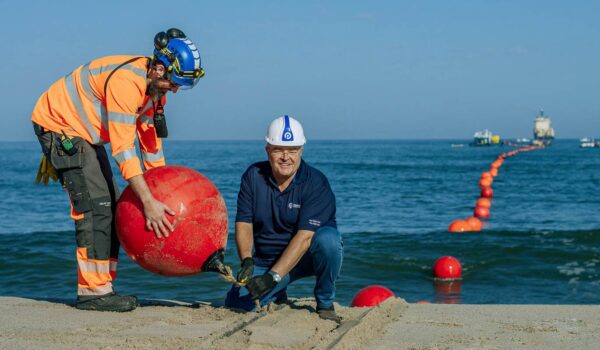

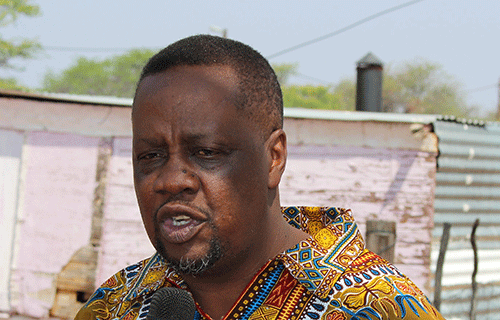

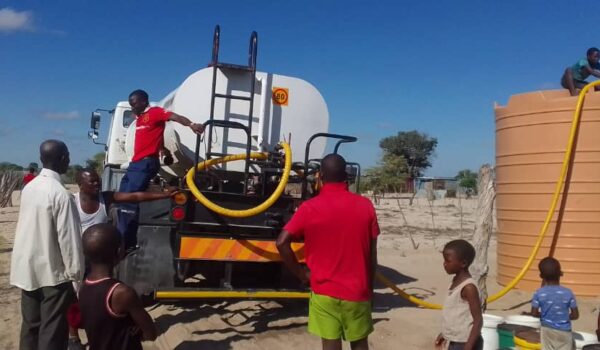
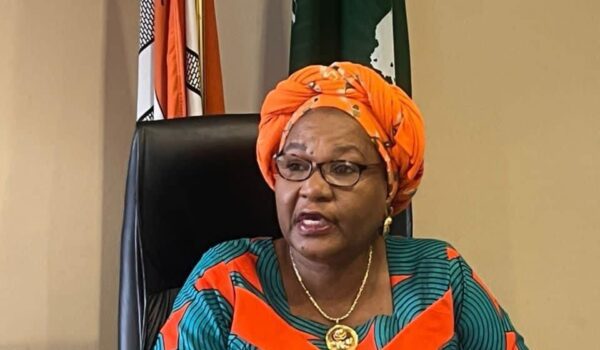
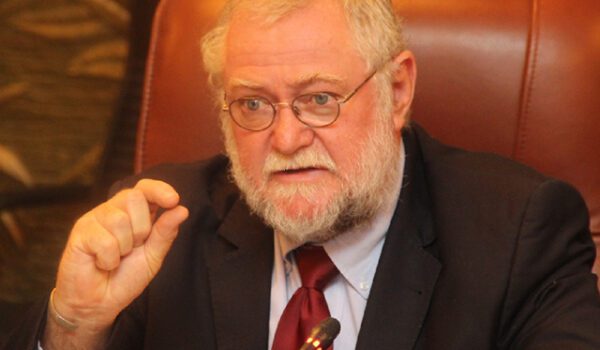
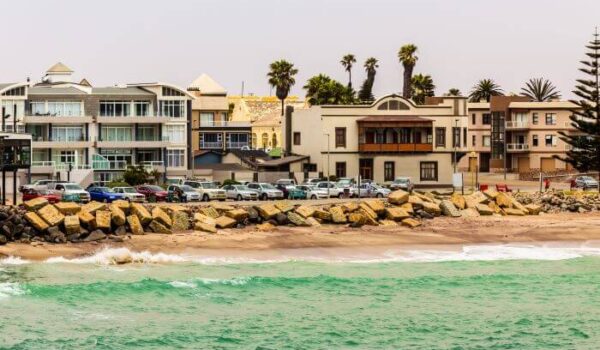

Comments